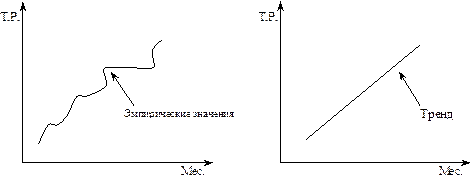The Science of Life
How can there be seedless grapes, and how do they reproduce? Why is carbon monoxide extremely poisonous? Why can`t you tickle yourself? What causes the smell after rain? How do vitamins work? What`s all this fuss about stem cells? What`s make us yawn? Why are frogs growing extra legs out of their legs? Which came first, the chicken or the egg?
Biology is the study of living things and their vital processes. Because biology covers such a broad area, it has been traditional to separate the study of plants (botany) from that of animals (zoology), and the study of structure of organisms (morphology) from that of function (physiology). Despite their apparent differences, all the subdivisions are interrelated by basic principles, so current practice investigate those biological phenomena that all living things have in common. The advancement of knowledge and technology has resulted in further categorizations that include cell biology, population biology, ecology, genetics, biochemistry, molecular biology, microbiology, physical anthropology, etc. The foundations of modern biology include four components: cell theory; that life is made of fundamental units called cells; evolution, that life is not deliberately designed by rather evolves incrementally through random mutations and natural selection; gene theory, that tiny molecular sequences of DNA dictate the entire structure of an organism and are passed from parents to offspring; and homeostasis, that each organism’s body includes a complex suite of processes designed to preserve its biochemistry from the entropic effects of the external environment. It is not known when the study of biology originated, but it can be safely assumed that early humanoids had some experimental knowledge of the animals and plants around them. One's very survival relied on the recognition of poisonous plants and on the basic understanding of the habits of predators. Many of the earliest records of biology come from the bas-reliefs left behind by the Assyrians and Babylonians. There is growing evidence from China and India as early as 2500 BC that there were general practices of therapeutic healing, silkworm use to produce silk, biological control of crops, and agricultural cultivation. With the arrival of Greek civilization, the study of biology shifted dramatically to a belief that every event has a cause and that a particular cause produces a particular effect. These philosophers of science assumed the existence of a natural law governing the universe. Although they established the science of biology, their greatest contribution to science was the idea of rational thought. The basic picture in biology has stayed roughly the same since DNA was first imaged using x-ray crystallography in the 1950s, although there are constant refinements to the details, and life is so complex that it could be centuries or even millennia before we begin to understand it in its entirety. But it should be made clear that we are moving towards complete understanding: life, while complex, consists of a finite amount of complexity that only appreciably increases on relatively long timescales of hundreds of thousands or millions of years. Evolution, while creative, operates slowly. In recent years, much excitement in biology has centered on the sequencing of genomes and their comparison, called genomics, and the creation of life with custom-written DNA programming, called synthetic biology. These fields are sure to continue grabbing the headlines in the near future.
|




